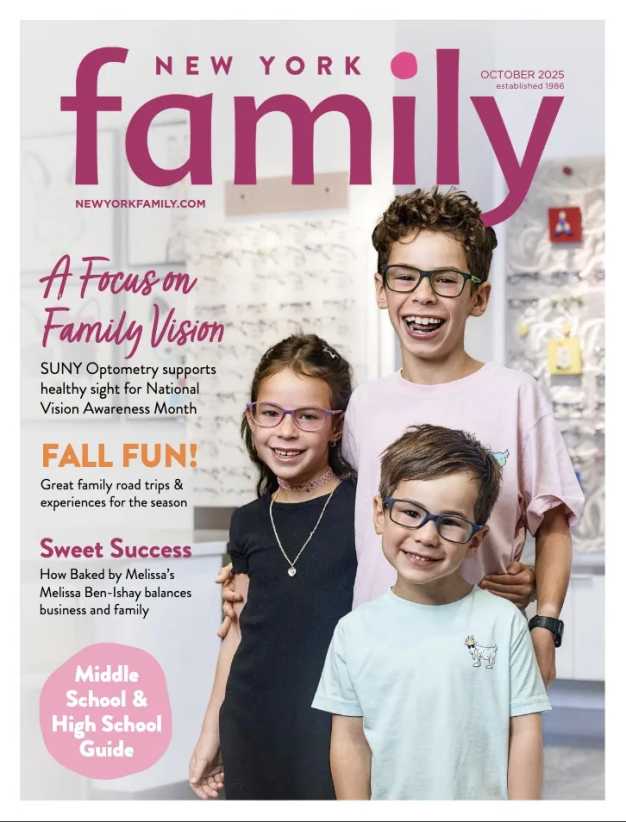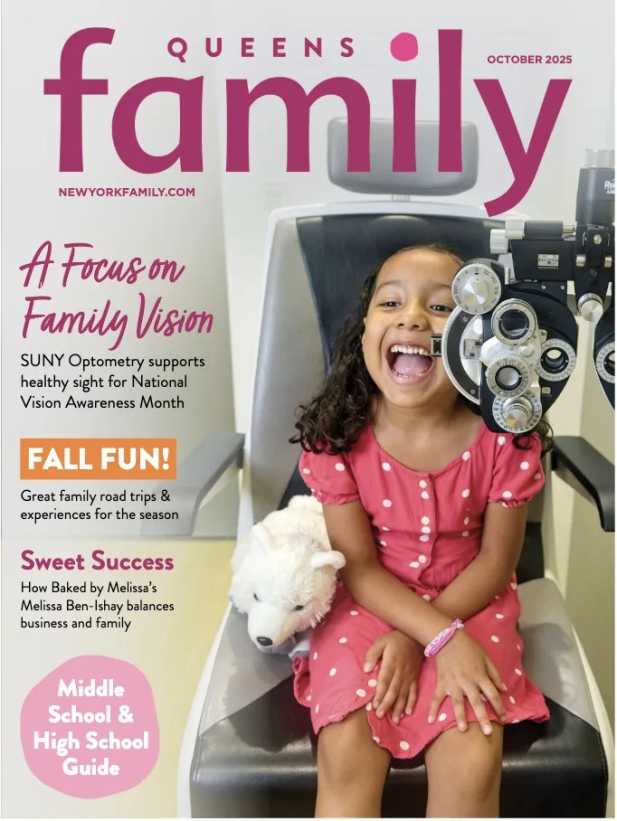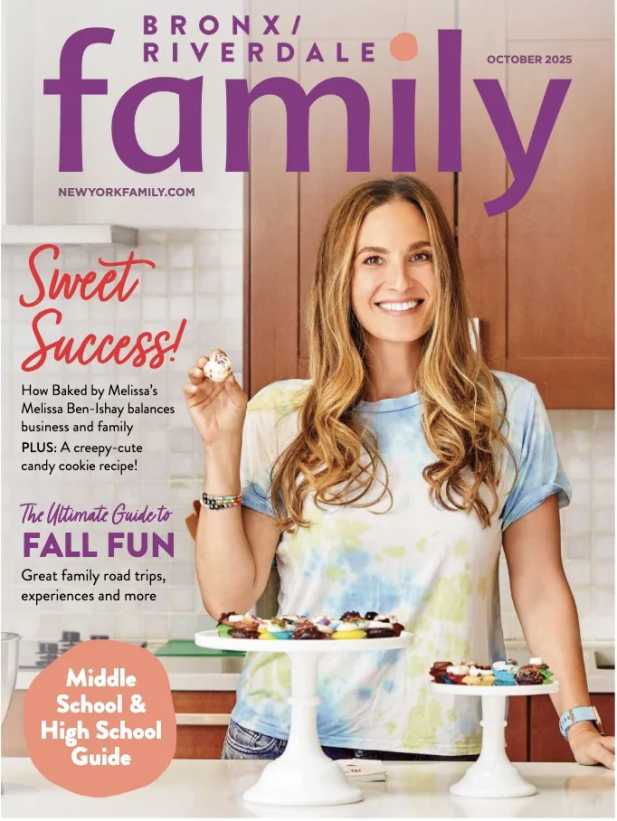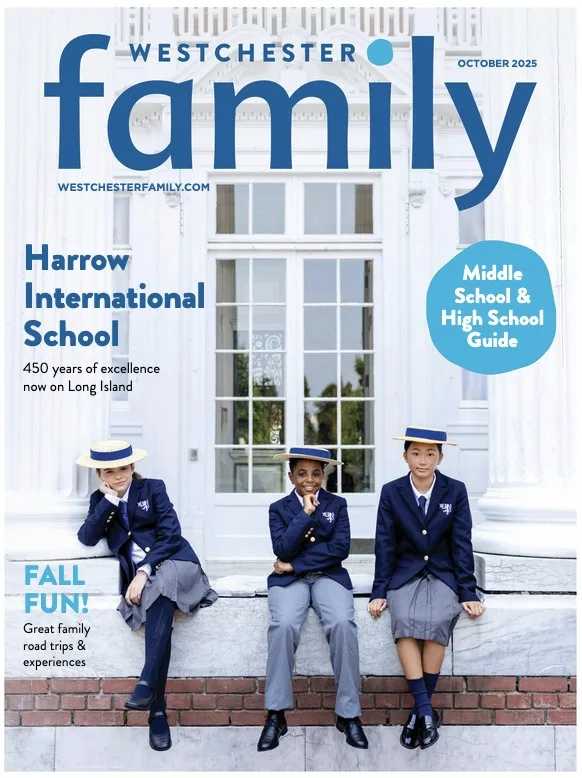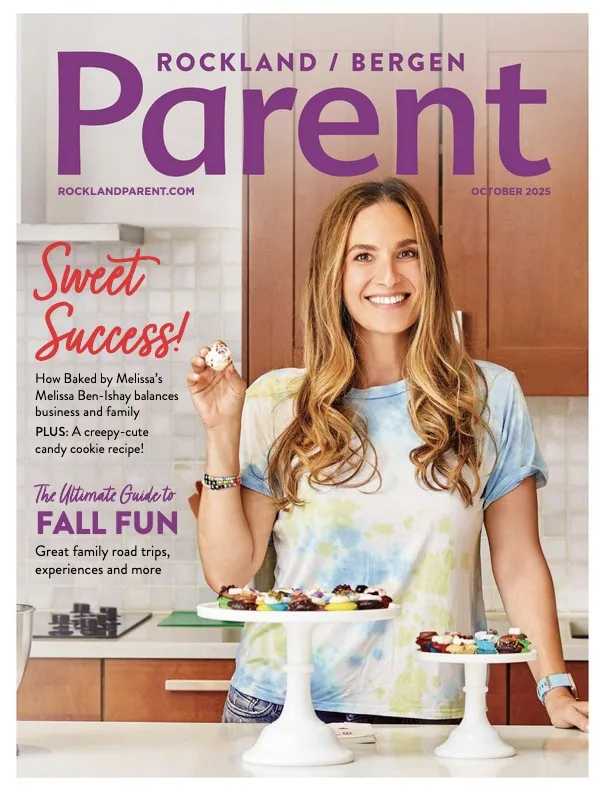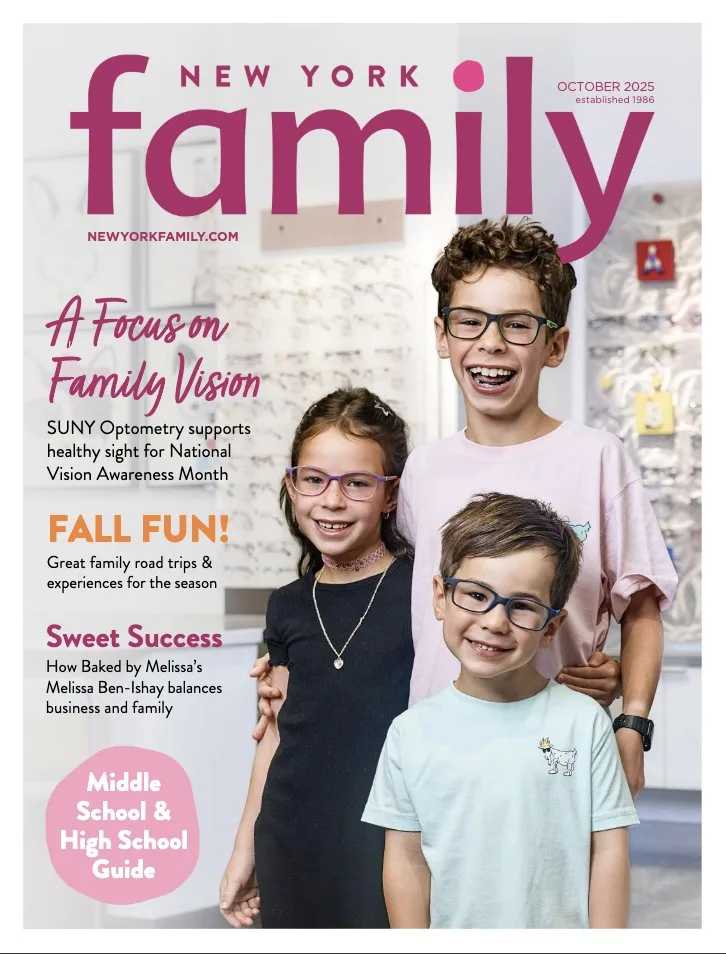When I first announced I was pregnant, one of the most common responses I’d get from family, friends and co-workers was that I’d probably be the most prepared new mom. After all, I’d been working as an editor at New York Family for over three years, learning the ins and outs of the New York City parenting world, interviewing child development experts and reviewing baby gear.
But while I have no doubt that this knowledge will be helpful, if there is one lesson I’ve learned in my time at the magazine, it’s that there’s no such thing as being “ready”
for parenthood. And the same, I’ve learned, goes for pregnancy. As I
near the end of my third trimester (by the time this goes to print, I
will likely be holding my baby), I’m surprised at how little I knew at
the very beginning and how much I’ve learned. But I also feel like I’ve
spent much of my pregnancy searching for answers: What kind of
childbirth education class should I take? Do I really need a baby swing?
Are these weird
symptoms I’m having normal? And how should I react to the guy in the
deli telling me it looks from behind like I’m carrying a boy? What
follows is just some of what I’ve learned along the way. I hope it helps
other moms-to-be navigate their pregnancy with a little more surety.
Embrace Strangers’
Attention And Well Wishes
Being pregnant in New York City is interesting, if
only because of the attention bestowed on you by complete strangers—way
beyond people offering you their seat on the subway. I’ve had women pass
me in the street and offer their “congratulations,” construction
workers yell down from their scaffolding predictions of whether I was
carrying a boy or girl (or twins), and one man advise me not to get an
epidural through the window of a restaurant. On the one hand this can be
a little creepy, but on the other it’s nice that people want to offer
their well wishes in whatever form they may take. I tried to appreciate
this unique time, as I’m sure once my big belly turns into a screaming
baby, the attention won’t be so friendly.
Pick A Few Pregnancy (And Early Childhood)
Books To Guide You Through
There are so many pregnancy and baby books available,
it can be tempting to overload your nightstand with reading material.
But as to not get overwhelmed, it’s best to pick a handful of books you
identify with. I found a lot of the books overly-focused on the
complications that can arise during pregnancy, which only seemed to
create needless worry.
For a more straightforward approach, I love “The
Pregnancy Bible” by Dr. Joanne Stone and Dr. Keith Edelman. It’s loaded
with great information (and lots of glossy photos) and covers your
body’s changes throughout the pregnancy, the development of the baby, as
well as topics like maternity leave, intimacy issues and nutrition.
“The Stress-Free Guide To Pregnancy,” by OBGYN Carol Livoti is another
helpful book. It’s focused on each of the three trimesters and takes a
reassuring approach to separating “fact” from “fiction” while offering
helpful information on common pregnancy symptoms.
Lastly, it can be
helpful to read about life post-pregnancy to prepare for what you need
to know once baby arrives. “Heading Home With Your Newborn: From Birth
To Reality,” by Dr. Jennifer Shu and Dr. Laura A. Gana, both moms and
pediatricians, is a great introduction to baby care for first-time
parents, covering everything from breastfeeding to diaper changing to
sleep.
Choose
Which Childbirth Education Classes To Take
The best time to take
classes is in your third trimester, when you’re close enough to the
birth to still remember what you’ve learned after the baby is born.
There are many different types of classes available, and after much
research I decided on three—a childbirth education class, a
breastfeeding class and an infant CPR class. Most of these can be taken
through the hospital where you’re giving birth, your OBGYN practice, or
at a private parenting center or though a mommy group. For the CPR
class, I particularly recommend Little Hearts CPR in Chelsea
(littleheartscpr.com), which offers a three-hour class that covers all
the basics, from how to respond to choking to
administering infant CPR. Of all the classes I took, I felt this one was
the most worthwhile.
Design A Nursery You Love On A Budget
Like many parents, I
was on a limited budget and wasn’t sure how long I’d be in my current
apartment. Yet I still wanted my baby’s nursery to be an inviting place
to spend time in. I found there are plenty of creative ways to create a
room you love that don’t cost a lot of money. First, start with a
vision—a great place to look for inspiration is Apartment Therapy’s
website, ohdeedoh.com, where design-savvy parents post photos of their
children’s rooms. Projectnursery.com is another site with lots of
real-life photos that offer up a lot of ideas you can play off of. When
it comes to furniture and accessories, parents love Ikea for their
inexpensive furniture and accessories, ranging from dressers and
changing tables to lamps and storage bins. (Their crib, the Ikea
Gulliver, is only $99 and is recommended as the “Best Basic Baby Crib”
by Consumer Reports). Last, for unique decorative touches, check out
etsy.com, which features art, accessories and vintage items sold by
artists and collectors. I found paintings and posters, a mobile and wall
decals I love, most of which were under $20.
Relax And Enjoy Yourself
In a way, these nine
months feel like you’re preparing for a big test. Researching baby gear,
reading up on epidurals and birth plans, educating yourself about
breastfeeding. It’s easy to get so consumed with everything you think
you need to know that you forget about living in the moment.
If I could have done
one thing differently these last nine months, it would have been to
spend less time in front of the computer screen comparing stroller
reviews and more time simply relaxing with my husband, my family and my
friends. It’s what I plan on doing in these final weeks!
Pregnancy
Essentials: My
Favorite Go-To Resources For Moms-To-Be
Laugh and Learn DVDs
with Sheri Bayles. This popular New York-based Lamaze instructor,
lactation consultant and RN has a series of three DVDs that feature live
classes you can watch at home, including childbirth, breastfeeding, and
newborn babycare. Each DVD is packed with helpful information delivered
by Bayles in a neatly packaged, accessible way. She even peppers her
advice with real-life anecdotes that are surprisingly entertaining. Use
them as a supplement to any classes you’re taking, or simply watch the
videos in lieu of taking a live class.
Basic Registry Checklists. There are many
checklists detailing what you “need” to register for (available on store
websites like Buy Buy Baby) but I found most of them excessive. I
wanted something more streamlined that just outlined the basic gear and
accessories to get me started. I found two really helpful lists: one is
Giggle’s jumpstart checklist called “the basics,” available on
giggle.com; the other is the checklist of newborn necessities, available
on Consumer Reports’ baby blog. Use
one or both for a one-shot guide.
Babycenter.com. One of the most helpful websites for
parents-to-be and new parents is Babycenter.com. Sign up for their
weekly e-newsletter which offers useful information, tips and advice
that corresponds to each week of your pregnancy. Also, join a “Birth
Club” (simply choose the month and year you’re due) and browse the
message boards to see what other women due at the same time are talking
about.
